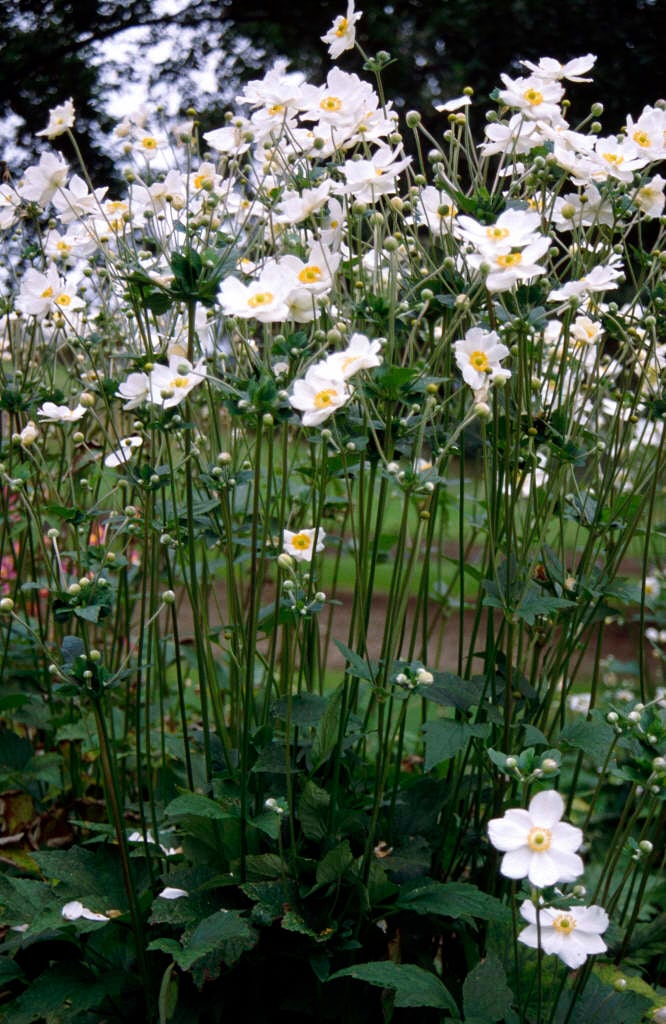I also want to encourage people to get help with their gardens from independent professional gardeners. This is something I've written about elsewhere, e.g. here
Overlooked - gardeners, economics
arguing that while people want their gardens, and gardens in public spaces, to look good, they don't think as much about having to pay someone who knows what they are doing to make it happen. I'm not, however, the first person to notice the problem
Wealth of Nations, Book I, Chapter XI, Part IThe circumstances of gardeners, generally mean, and always moderate, may satisfy us that their great ingenuity is not commonly over-recompensed. Their delightful art is practised by so many rich people for amusement, that little advantage is to be made by those who practise it for profit; because the persons who should naturally be their best customers, supply themselves with all their most precious productions.
To do something about the problem, I want this thread to be a way to recommend professional gardeners; not just the minimum wage (if that) "mow and blow", type, but people who have gone to the trouble of getting an RHS qualification, and who can, as well as helping tidy up, come up with their own ideas about how to make gardens look better, and more interesting. First suggestion here is Lumen, who has been helping me in my garden, ever since I had tennis elbow, and trades as Gecko Gardeners,

and Lizzy Spencer, who trades as Garden Carers

OK - onto the gardening ...
There's obviously not that much to do at this time of year, and it's a bit cold, but you warm up after a while, but for me, January is when I prune a vine I planted a few years ago. I'd been given a couple of cuttings by an allotment friend, which I accepted even though I'd no good place to put it. But a few doors away there was an unused south facing wall over looking their front garden, which to my mind obviously needed a vine growing up it. I'll skip the details, but there it is now, although the current tenants in the house didn't prune it in 2014 to get a decent crop, and as far as I know, left any grapes to the birds. It's a shame, but the the winter prunings of vines can also be used as cuttings to grow more, and this is something I like to do, since it's just a matter of poking a length of vine with a bud at the end into some compost, maybe with hormone rooting powder, and waiting till May, when at least 50% are likely to have taken. I'll probably do some again this year, although I do now have a couple of vines I think established in my garden. This particular variety, Black Hamburgh, is tough and disease resistant, so once established, there's nothing to worry about apart from the pruning. Vines roots go way, way down, so they never need watering.
OTOH, in the first couple of years it is vulnerable to slugs and snails, who rather enjoy their leaves. I think I've lost at least 50% of those I've planted out this way, so it makes sense to plant more than one, and keep some in reserve - which I do in my greenhouse. I haven't yet got round to making the cuttings, but the vines I have cut should be okay for a week or two. Since they had not been cut during the year, some of them were a few meters long, so I'm also wondering about weaving them into some kind of fence, a sort of rustic making off of part of the garden. If they they grow, that will be amusing.
I have to go now, but I hope to add some photos in due course.











































